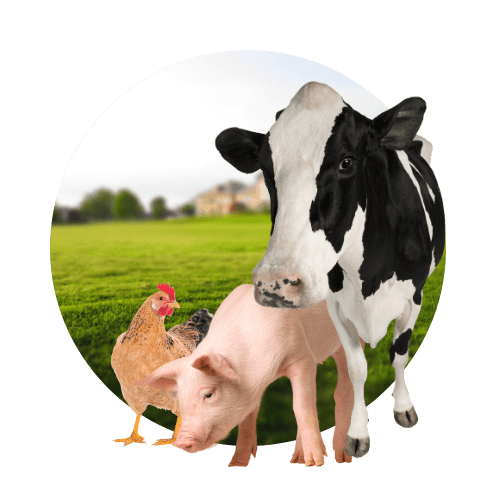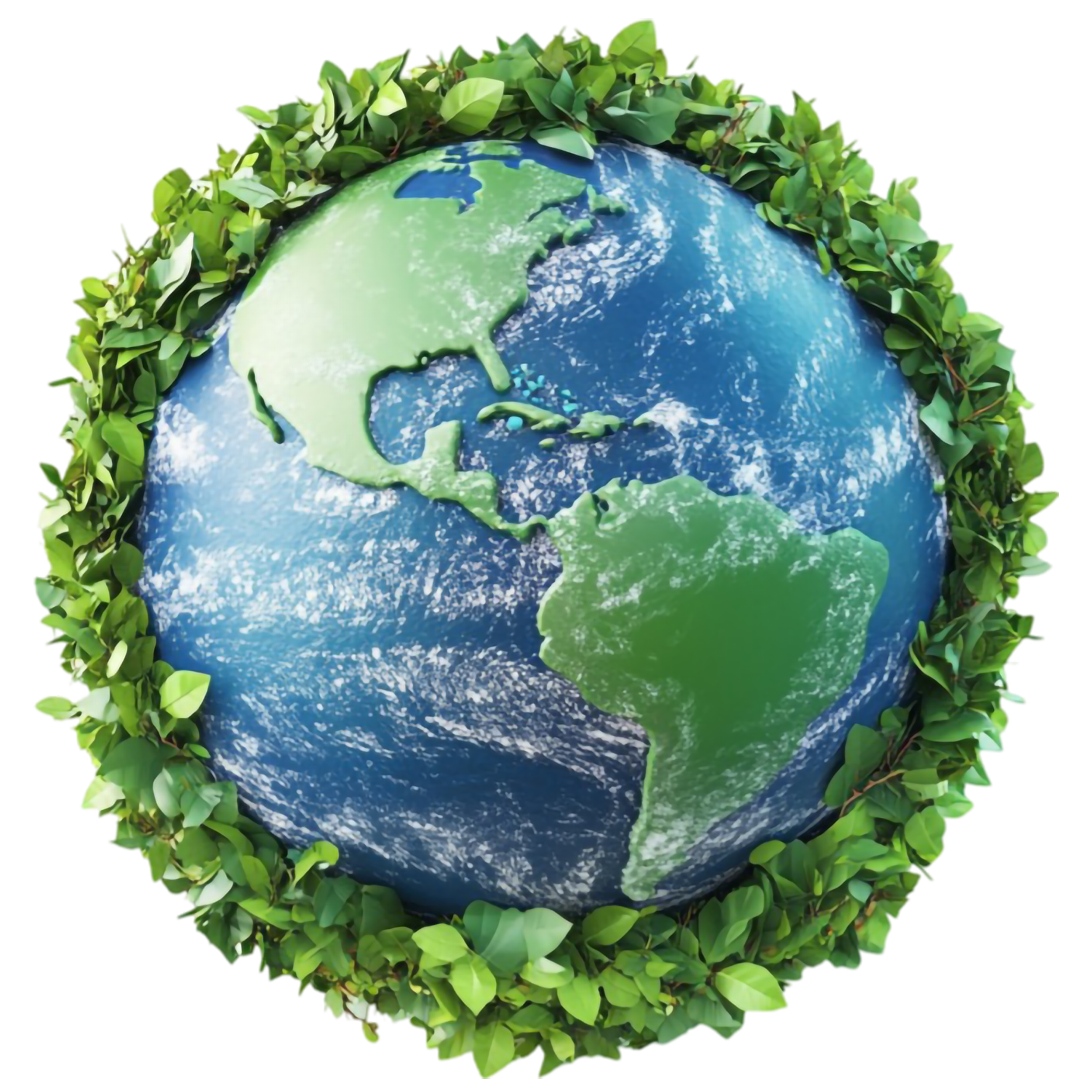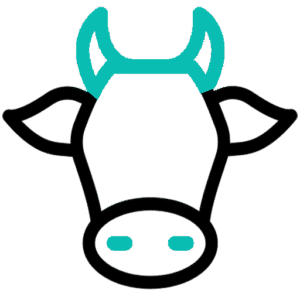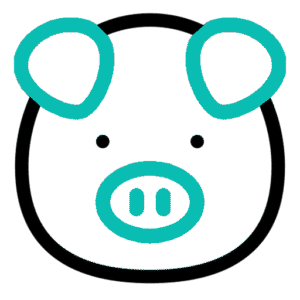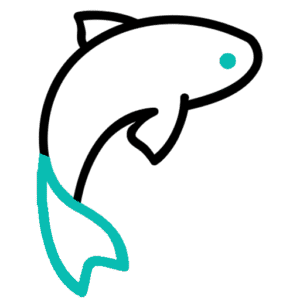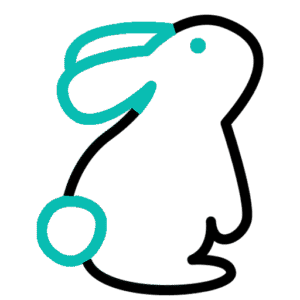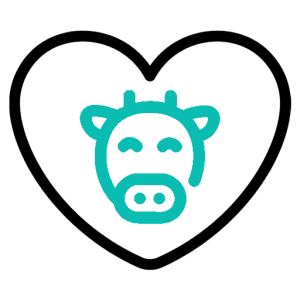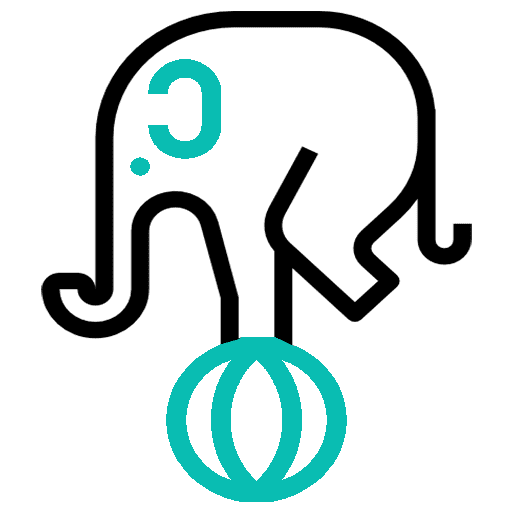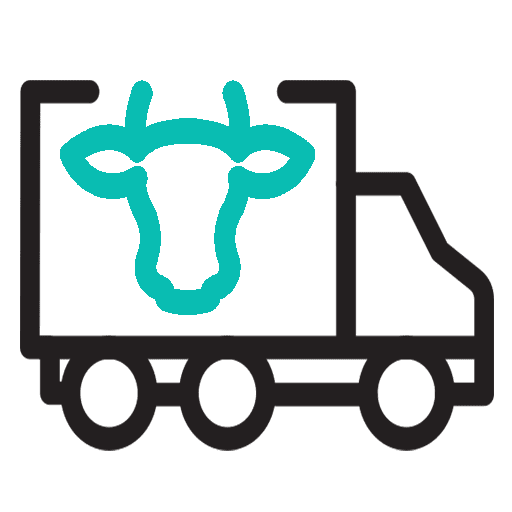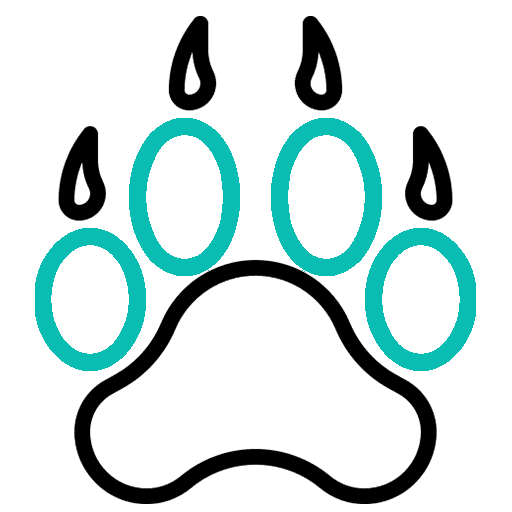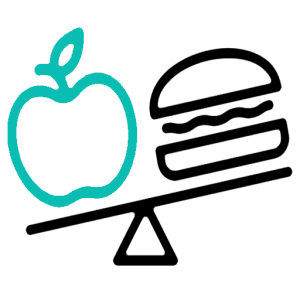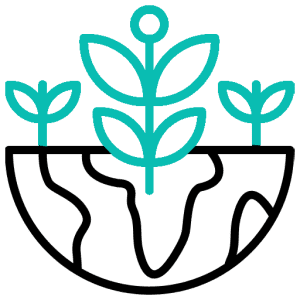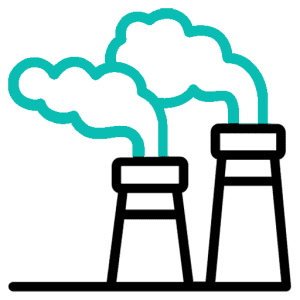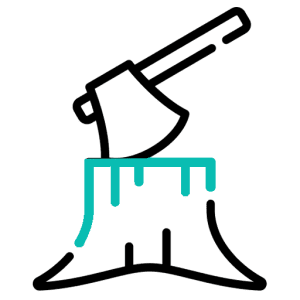Welcome, eco-conscious readers, to our curated guide on the environmental argument for reducing meat and dairy consumption. In the face of escalating climate change and environmental degradation, it has become crucial to understand the impact of our dietary choices on the planet. Join us as we explore the reasons why opting for plant-based alternatives can make a significant difference in mitigating the adverse effects of animal agriculture.

The Carbon Footprint of Animal Agriculture
Animal agriculture is a major contributor to greenhouse gas emissions, primarily through methane released during livestock digestion and carbon dioxide emissions from transportation, deforestation, and processing. Surprisingly, the emissions from the agricultural sector often exceed those of the transportation industry! By cutting back on meat and dairy consumption, we can play an active role in reducing the carbon footprint associated with these industries, creating a healthier and more sustainable future.
Land Use and Deforestation
The production of meat and dairy products requires vast amounts of land, often leading to deforestation and habitat destruction. Clearing forests for grazing land and feed crop production not only contributes to climate change but also causes significant loss of biodiversity and habitat degradation. By reducing our consumption of animal products, we can free up land for reforestation and carbon sequestration, helping to counterbalance the impacts of deforestation caused by animal agriculture.
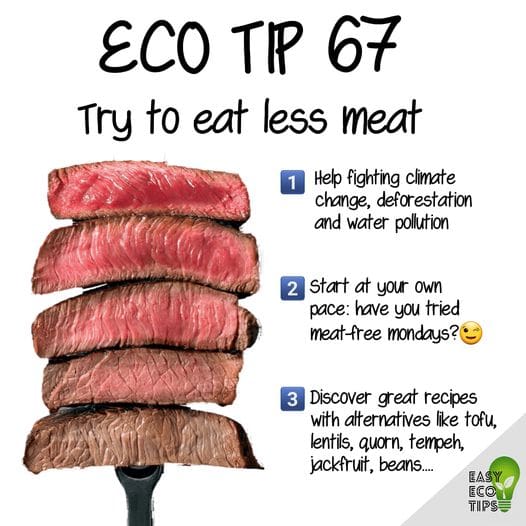
Water Consumption and Pollution
Meat and dairy industries are heavy consumers of freshwater resources. Raising livestock requires enormous amounts of water for drinking, irrigation of feed crops, and maintaining sanitary living conditions. For example, producing just 1 kilogram of beef can require up to 15,000 liters of water, compared to 1 liter of water for growing 1 kilogram of vegetables. This disparity underscores the unsustainable pressure meat and dairy industries place on freshwater systems.
Moreover, runoff from industrial livestock operations and the use of synthetic fertilizers leads to water pollution. Excess nutrients from manure and fertilizers enter rivers, lakes, and aquifers, causing problems such as eutrophication, which kills aquatic life and disrupts ecosystems. With climate change intensifying and freshwater becoming an increasingly scarce resource, reducing the demand for meat and dairy can alleviate some of these pressures.
The Role of Livestock in Antibiotic Resistance
Intensive animal farming practices frequently involve the overuse of antibiotics, leading to the emergence of antibiotic-resistant bacteria. Unfortunately, these bacteria can then be transmitted to humans through the consumption of meat and dairy products, posing a significant risk to public health. By reducing our reliance on animal products, we can help address the issue of antibiotic resistance and protect ourselves from the potential consequences of this escalating global health threat.
Solutions and Alternatives
Curbing meat and dairy consumption doesn’t have to be daunting. Small changes in our dietary choices can make a big impact. Consider incorporating more plant-based meals in your diet and exploring the wide variety of alternatives available, such as legumes, tofu, and tempeh. By embracing sustainable and plant-based food systems, we can contribute to a greener world while still enjoying delicious and nutritious meals.




